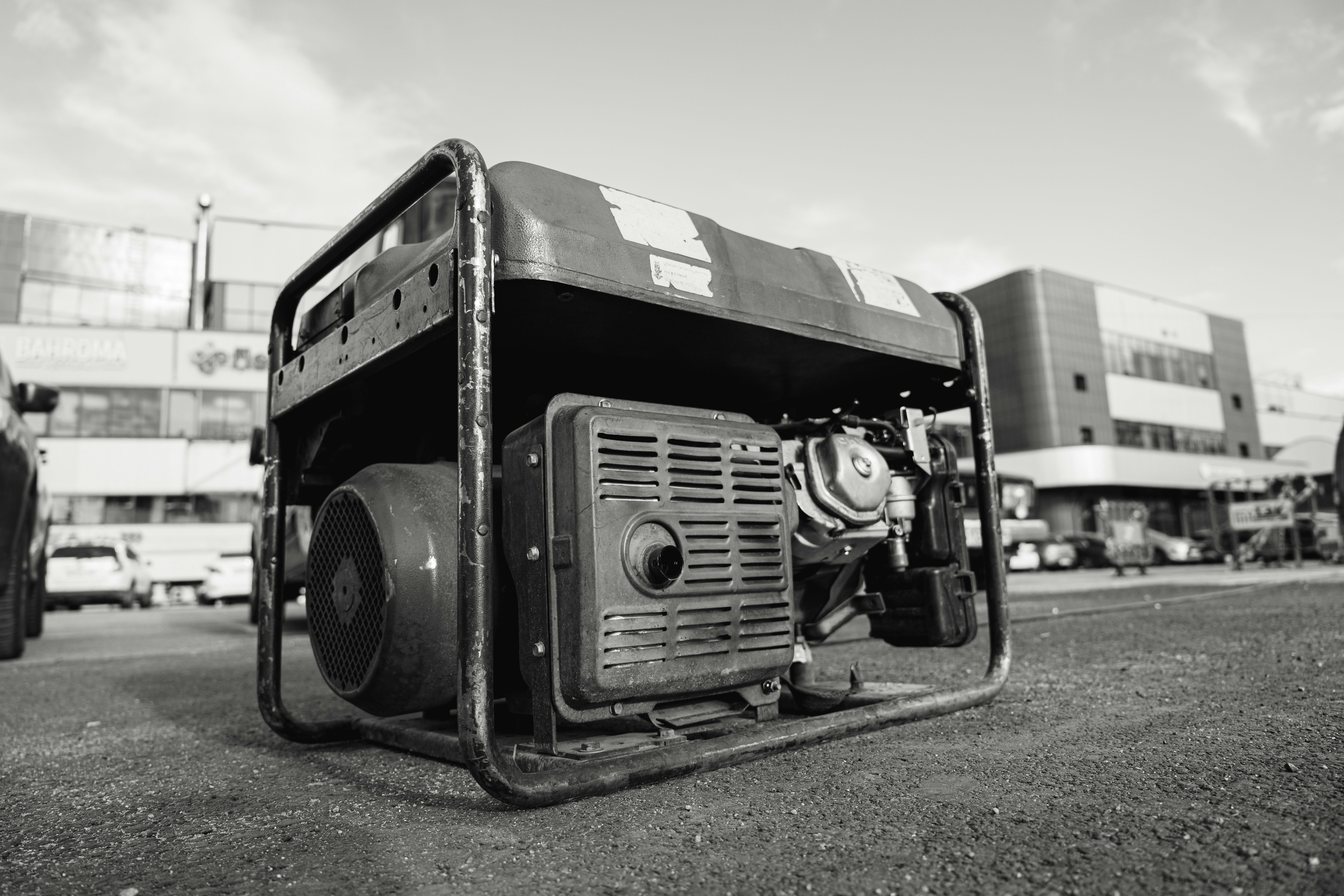3888 Stillwell Beckett Rd Oxford, OH 45056

Generator Safety Tips
Do You Have a Generator?
For your safety and for the safety of our crews, please let us know if you have a generator.
CLICK HERE TO TELL US ABOUT YOUR GENERATOR
When properly installed and operated, generators offer a safe, convenient means of powering equipment when electricity is unavailable. However, when they are improperly installed, generators can be dangerous to you, your neighbors, and the cooperative's line personnel.
An improperly installed generator can create a "back feed." Back feeding is very dangerous. Electricity from your generator flows back through your electrical panel and meter into the cooperative's electrical system. Back feeding can occur when a generator is connected to your home wiring system without disconnecting from the cooperative's power. The most common way this could occur is if you directly connect a generator to your electrical panel or to a circuit in your home. If you feed power back into the utility system during an outage, you will energize the transformer serving your home. This poses an electrocution hazard for the cooperative's line crews and for your neighbors, who may not realize the lines are energized. If the cooperative's power is restored while your generator is back feeding, your generator may be severely damaged. How can you use your generator and still prevent back feeding? The simple answer is to always keep generated power and the cooperative's power isolated from each other.

